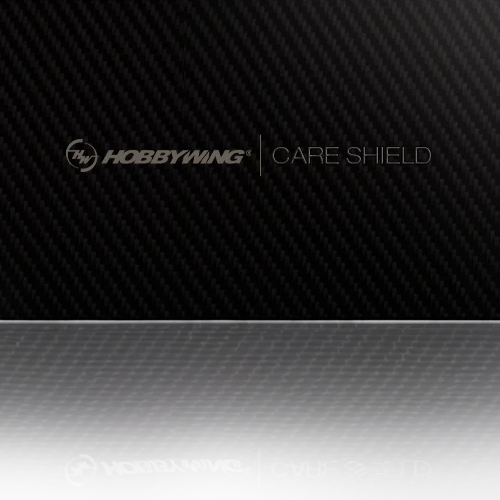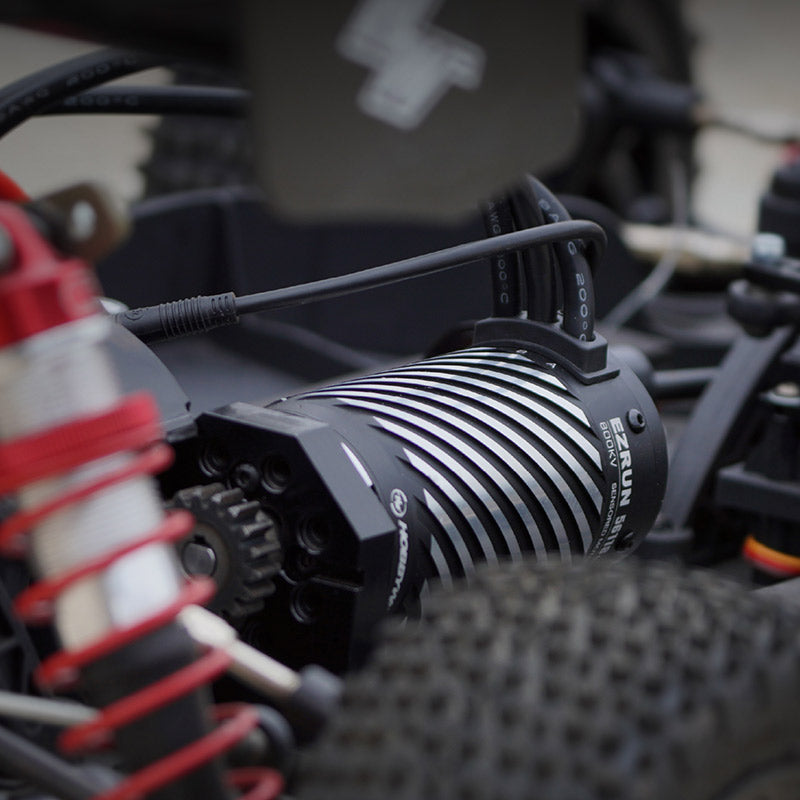Gear Ratio:
To calculate the car’s gear ratio, you need to be familiar with the type of drivetrain it has. 2WD RC vehicles typically have a single one-speed transmission. 4WD vehicles also usually have a one-speed transmission, and are gear and propeller shaft driven or belt and pulley driven. Multiple speed transmissions can also be calculated for gear ratios, if attention is paid to the things mentioned below.
If the vehicle’s manual didn’t provide a gearing table in its contents, then you’ll have to take apart the transmission to count the number of teeth on each gear and write it down.
Here are the names of the gear you will need to count:
1. Diff Gear (diff pulley for belt drives)
2. Counter Gear (center pulley for belt drives)
The counter gear/ center pulley counts as any component that runs on the same shaft or axis as the spur gear. Note that some shaft driven cars won’t have a counter gear close to the spur; they would be the gears that mesh directly with the diff gears.
Now that the number of teeth on the gears or pulleys have been counted and written down, we can plug the numbers into an easy formula to get the gear ratio of the car’s transmission.
Gear Ratio Calculation:
X = diff gear/ pulley
Y = counter gear/ center pulley
Z = Gear Ratio
X / Y = Z
Gear ratios are typically expressed in Z:1 (2.055:1 for example).
For example, one of my cars has a 36T diff pulley and a 16T center pulley. I should get a gear ratio of 2.25:1
36 / 16 = 2.25
For the sake of simplicity, we’ll use Z above to get the car’s Final Drive Ratio. It’s another simple formula, using the difference between the spur and pinion gear, and getting a product from Z, the car’s gear ratio. Again, count and write down the number of teeth for both the spur and pinion if you don’t know what they are.
Final Drive Ratio: FDR
Spur gear = A
Pinion gear = B
Power output ratio = C
A / B = C
Finally, multiply the power output ratio by Z above, the gear ratio:
C * Z = FDR
The FDR (final drive ratio) is also typically expressed as a :1, or to one ratio (4.75:1 for example).
Rollout:
To calculate the rollout of the car’s gearing, you will need to measure the tire’s diameter in standard inches. Once that’s written down, calculate the circumference of the tire by multiplying it by Pi (3.14). One example would be a tire with a 2.44 inch dia. would have a cir. of 2.44 inches.
Divide the circumference of the tire into the car’s gear ratio, and you will get the potential rollout of the car.
Tire circumference = A
Gear ratio = B
Rollout = C
A / B = C
For example, using the numbers we already have:
2.44/ 2.25 = 1.08
To convert mm to inches, divide the mm by 25.4 (for example, 62mm = 2.44 inches, or 62 / 25.4 = 2.44).
That’s it! I hope these formulas help out. Please leave any comments, problems with the formulas, or questions here.







